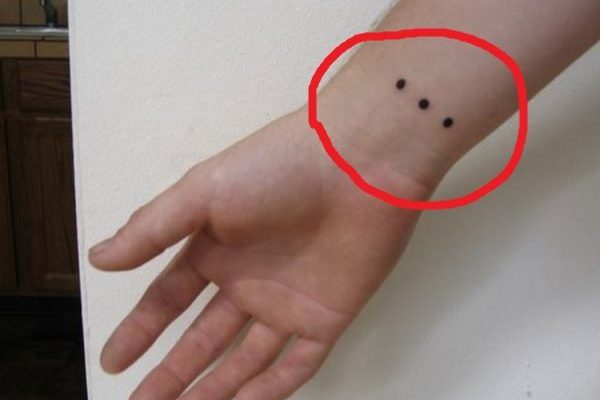Humans, in essence, are innately imaginative beings, perpetually eager to externalize the labyrinth of emotions and ideas that dwell within them.
Some individuals articulate their creativity through language, translating their inner musings into written form, while others build or craft tangible objects, and still more engage in the visual arts. The vehicle for expression is less crucial than the act itself—what matters is the manifestation of something that others can perceive and interpret.
This concept is not a novel one. Humanity has been shaping and creating for millennia, leaving its creative imprint on nearly everything we encounter—architecture, cuisine, attire, even the meticulous design of cities themselves.
Therefore, it should come as no astonishment that many choose to transform their own skin into a living canvas.
Tattoos, for instance, have held deep-rooted significance across numerous cultures over the ages. While certain societies have, at times, looked upon them with disdain, they are now more widely recognized as reflections of an individual’s inner world.
For many, tattoos hold personal meaning, a symbolic representation of passions, interests, or life philosophies. It’s not uncommon to see designs that speak to someone’s identity, whether through words, symbols, or imagery that resonates on a deeply personal level.

Interestingly, the notion that tattoos often carry inherent meaning offers a portal into the minds of those who wear them—sometimes that insight is transparent, at other times, it remains elusive.
It’s essential to acknowledge, however, that the significance of tattoos is not always positive. Some individuals brandish symbols that society largely condemns. Others may bear markings that serve as a stark warning to those around them.
A fitting example is the enigmatic three-dot tattoo, a mark widely associated with the Russian prison system. Many are familiar with criminal symbols like teardrop tattoos, but the three simple dots, arranged in a line, may be less well-known.



